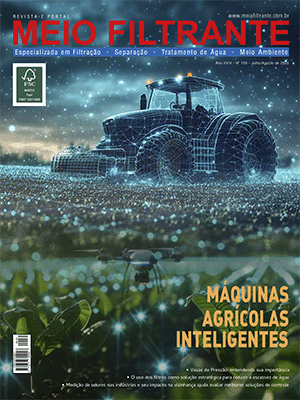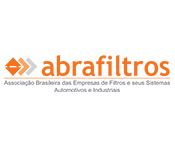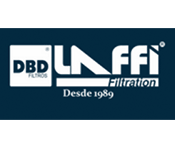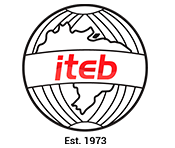Tackling the Source of Mycoplasma Contamination in Biopharmaceutical Processes
Blog Parker -
So why is Mycoplasma contamination still a challenge?
Mycoplasma contamination can have a devastating effect on drug manufacturers but what are the factors make a bioprocess vulnerable to Mycoplasma contamination and what measures can be put in place to mitigate risks?
Mycoplasma was first isolated in cell cultures in 1956 - and was first isolated in 1898. Yet, despite the biopharmaceutical industry being aware of Mycoplasma contamination for decades, the problem still exists.
So why is Mycoplasma contamination still a challenge?
It's estimated that 50 percent of laboratories do not routinely screen for Mycoplasma contamination. This could be because the tests which are sensitive to low levels of contamination are slow: it can take up to 28 days to get results. On the other hand, some more rapid testing methods require up to 10, 000 cfu/ml before a positive result is recorded.
So it may be possible for a low level of contamination to be present — and for this to carry on undetected for some time.
Looking at our own research, in a poll conducted during a recent Parker webinar, less than 45 percent of respondents claimed that routine monitoring for Mycoplasma contamination was in place for cell lines.
What are the common sources of contamination - and how can they be tackled?
Operators:
Mycoplasma can form part of the normal human flora and are isolated from mucus membranes. As humans act as a host, they can also be the root cause of the infection: as a result, between 40 and 80 percent of all Mycoplasma contaminants come from human sources.
Clearly, people can't be eliminated from the process so what can be done to mitigate this risk?
- Good aseptic technique will create an effective barrier between cultures and any source of contamination.
- Housekeeping procedures such as the aliquoting out and correct labelling of small volumes of solution - then having these volumes dedicated to one cell line - can mitigate risk. It is also important to ensure that cleaning procedures are in place and are adhered to and that there is a defined and effective way of dealing with spills.
- Straightforward actions such as implementing gowning procedures and limiting access to the area around a biological safety cabinet or any open processing will also reduce the risk of contamination.
Media:
Contamination from media does not pose as much of a threat as it used to. As media has evolved from containing serum (usually bovine) to being serum-free (but with additives such as soy hydrolysates) to being chemically-defined media, the risk of Mycoplasma contamination has been reduced.
Nevertheless, each batch of media and/or components should only be used with one cell line and kept covered while in use. In addition, media must still be purchased from a reputable source and 0.1 micron filtration should be used.
It still appears, however, that 0.1 micron filtration is not always employed. Another poll in our recent webinar showed that nearly half of respondents did not use 0.1 micron filtration in the preparation of media and/or reagents.
Equipment:
Good hygiene has an important role to play in controlling the spread of Mycoplasma contamination. Anything that contacts a cell culture - from a 5000 L stainless steel bioreactor down to a stirrer bar used to hydrate a small amount of powdered media - can be a cause of contamination.
A paper published by McGarrity: Spread and Control of Mycoplasma Infection in Cell Culture, published in 1976 in In Vitro (12: 643-647) showed that, following the deliberate contamination of equipment in a laminar flow hood, viable Mycoplasma could still be detected four to six days later.
As part of this experiment, they took a cell culture they knew to be Mycoplasma-free and handled it in the same laminar flow hood as the known contaminated line. This previously clear culture showed as contaminated within six weeks.
Good laboratory management - equipment handling, culture isolation, cleaning and, where appropriate, Mycoplasma reduction filtration by utilization of 0.1 micron filtration - can help to mitigate the contamination risk.
If you'd like to learn more about Mycoplasma contamination and how to tackle it read our white paper: Preventing Mycoplasma Contamination
This post was contributed by Guy Matthews, division marketing manager, Parker Bioscience Filtration, United Kingdom.
Parker Bioscience Filtration specializes in automating and controlling single-use bioprocesses. By integrating sensory and automation technology into a process, a manufacturer can control the fluid more effectively, ensuring the quality of the final product. Visit www.parker.com/bioscience to find out more.






